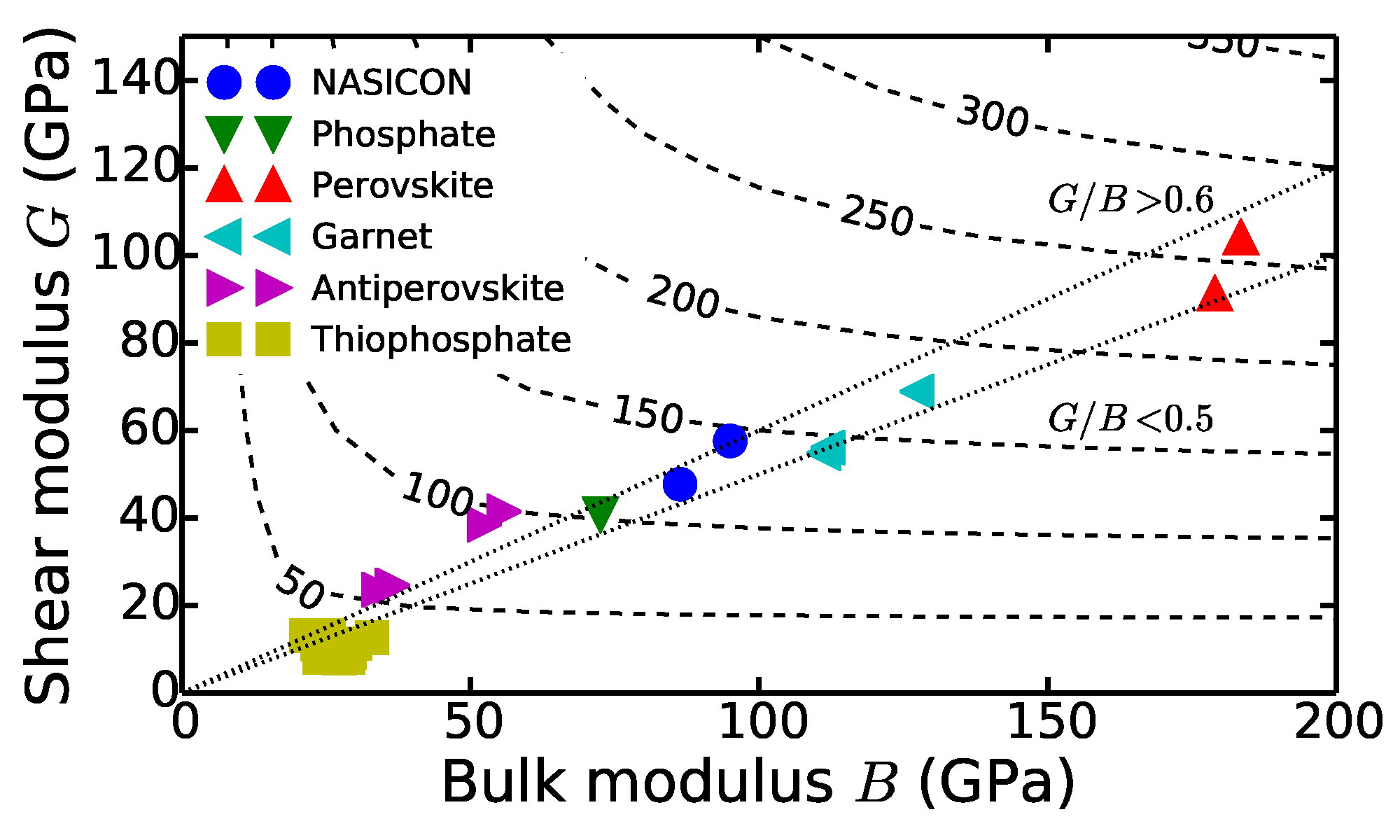Elastic properties of alkali superionic conductors
Zhi Deng, Zhenbin Wang and Iek-Heng Chu have just published their paper on “Elastic Properties of Alkali Superionic Conductor Electrolytes from First Principles Calculations” in the Journal of the Electrochemical Society. This work examines the elastic properties of ceramic alkali superionic conductor that are of interest in enabling safer, more energy dense all-solid-state batteries. Elastic properties have a critical influence on the fabrication, operation, and design of a battery.



You must be logged in to post a comment.